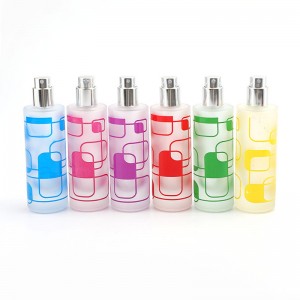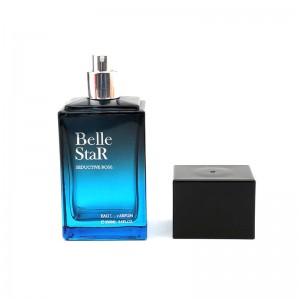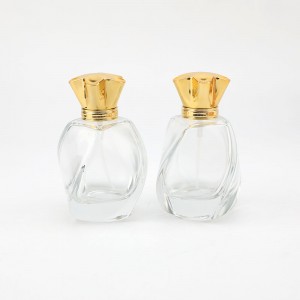Introduction:
Perfume bottles have played a significant role in the world of fragrance, not just as containers but also as works of art. Over the years, the design and development of perfume bottles have evolved, reflecting the changing tastes and trends of society. In this article, we will explore the fascinating journey of perfume bottle development and how it has become an integral part of the perfume industry.
1. Ancient Origins:
Perfume bottles trace their origins back to ancient civilizations such as Egypt, Mesopotamia, and China. In these early civilizations, perfumes were highly valued and used for religious ceremonies and personal adornment. The first perfume bottles were made from precious materials like gold, silver, and alabaster, often intricately carved with symbols and motifs.
2. Renaissance and Baroque Era:
During the Renaissance and Baroque eras, perfume bottles became more elaborate and decorative. Inspired by the art and culture of the time, bottles were crafted in intricate shapes, featuring ornate engravings, filigree work, and colorful gemstones. Perfume bottles became a symbol of wealth and status.
3. Industrial Revolution and Mass Production:
The industrial revolution marked a turning point in perfume bottle production. With the invention of glassblowing techniques and the mass production of glass, perfume bottles became more accessible to the general public. Simple, standardized designs emerged, allowing perfumes to be packaged in more affordable and practical containers.
4. Art Nouveau and Art Deco:
The Art Nouveau and Art Deco movements in the late 19th and early 20th centuries brought a new wave of creativity to perfume bottle design. Art Nouveau bottles featured flowing lines, organic shapes, and nature-inspired motifs, while Art Deco bottles embraced geometric patterns, bold colors, and sleek, streamlined designs.
5. Contemporary Designs:
In recent times, perfume bottle design has become increasingly diverse and innovative. With advancements in technology, designers have pushed the boundaries of creativity, experimenting with unconventional materials, shapes, and closures. Some bottles are now designed to be refillable or have eco-friendly packaging, reflecting the growing demand for sustainable practices.
Conclusion:
The evolution of perfume bottles mirrors the evolution of society’s tastes, styles, and technological advancements. From ancient civilizations to modern times, perfume bottles have become more than just vessels for fragrances; they have become works of art that capture the essence of a brand and its identity. As the perfume industry continues to evolve, we can expect to see even more exciting and unique designs in the future.
Post time: Jun-30-2023


